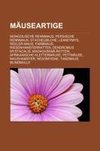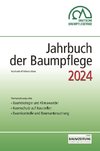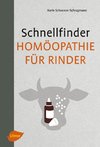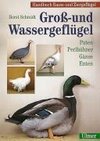
-
 Anglický jazyk
Anglický jazyk
BAT- MOTH INTERACTION
Autor: Suguna G
Bat- Moth interaction is the co-evolutionary arm¿s race. The earliest adaptations in the arms race, is laryngeal echolocation in bats and tympanal ears in moths. Bats are rely primarily on their highly developed hearing, using echolocation (sonar) to avoid... Viac o knihe
Na objednávku, dodanie 2-4 týždne
40.68 €
bežná cena: 45.20 €
O knihe
Bat- Moth interaction is the co-evolutionary arm¿s race. The earliest adaptations in the arms race, is laryngeal echolocation in bats and tympanal ears in moths. Bats are rely primarily on their highly developed hearing, using echolocation (sonar) to avoid collisions and to capture insects in flight. The bat emits high-pitched sounds (up to 100,000 hertz) that echo from objects it encounters; the echo provides the bat with information about the size, shape, and distance of the object. It enables bats to find prey as small as 0.05¿0.2 mm in complete darkness and even to determine the kind of prey from the echo of its own call reflected off the prey. In response to the bat attack, moth has evolved a range of defense both auditory and non-auditory. The non-auditory adaptations of insects, including anti-bat traits such as body size, morphological or acoustic crypsis, and interference with the echolocation signal by some body appendages and scales in moths, the detection of wind caused by bat wing beats, and increased detection capabilities through large eyes. A unique secondary defense in moths is the use of ultrasonic clicks to directly affect the foraging success of the bat.
- Vydavateľstvo: LAP LAMBERT Academic Publishing
- Rok vydania: 2022
- Formát: Paperback
- Rozmer: 220 x 150 mm
- Jazyk: Anglický jazyk
- ISBN: 9786204956114

 Nemecký jazyk
Nemecký jazyk 









